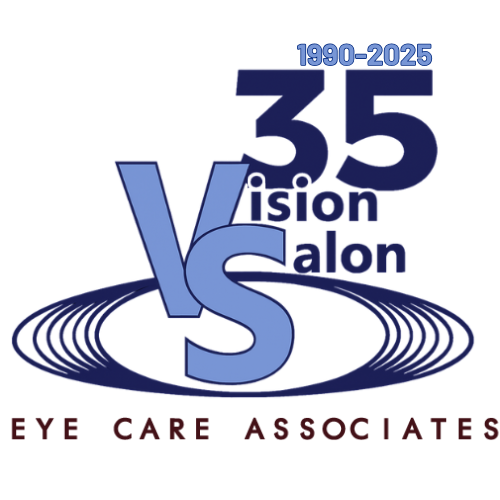Our eyesight is so precious, but it can often be taken for granted. In reality, proper vision is a complex balancing act requiring skills that must be carefully developed. No one understands this better than our optometrists at Vision Salon Eye Care Associates, who are specially trained to detect signs of imbalance and ensure that our patients are seeing the world with precision and clarity.
The importance of eye coordination
It may be surprising to learn that each of our eyes sees slightly different images. The brain, using a process called fusion, blends these two images into one three-dimensional picture. Finely tuned coordination is essential for maintaining proper eye alignment. Without it, vision development can be compromised.
Causes & risk factors
Symptoms of eye coordination issues
Symptoms of poor eye coordination may include:
-
Double vision
-
Headaches
-
Eye fatigue
-
Body fatigue
-
Irritability
-
Dizziness
-
Difficulty reading or concentrating
These symptoms can be especially acute in children, who can face obstacles focusing on schoolwork and while playing sports. They may tire easily, avoid tasks that require close work, or even resort to covering one eye to compensate for their vision imbalance. That’s why we recommend a comprehensive eye exam starting at 6 months old and again at age 3, during which our specialists will check for signs of eye coordination issues.
Treatment
Poor eye coordination is often successfully treated with eyeglasses and/or vision therapy. Sometimes, eye coordination will improve when other vision conditions like nearsightedness or farsightedness are corrected. In some cases, surgery may be necessary.
At Vision Salon Eye Care Associates, our eye doctors specialize in diagnosing eye coordination and imbalance conditions and determining effective solutions, including eyeglasses and vision therapy. Call us today to learn how our friendly, attentive staff can make a clear difference in your family’s outlook on life.





